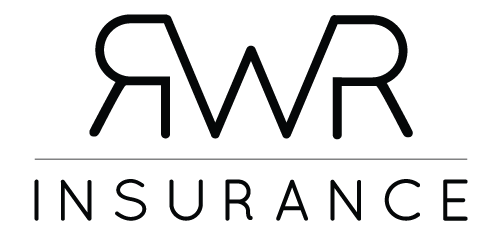
Condominiums are a form of ownership, NOT a type of residence. All unit owners own some property in common (the common elements) and own some property in full (the unit). This type of ownership requires pieces of your insurance program to be put together just like a puzzle.
I own and live in a condominium. How do I insure it?
Condo insurance can be confusing, so to keep this simple, we’ll break down three basic types of coverage for a unit owner:
- Damage to the unit itself (building)
- Damage to the contents of the unit (your personal property)
- Damage or injuries you cause to others in connection with your residence (your personal liability)
The last two (damage to the contents and your personal liability) are generally covered under your unit owner’s homeowner’s policy (often referred to as an “HO-6” policy). That’s simple enough. What gets confusing with condos is damage to the unit. That’s what we’re focusing on in this brochure.
Why is damage to my unit an issue?
It is not so much an issue as something that requires attention, because the condo building complex is generally insured by the association, but how much of the building the association insures may vary greatly. Damage to your unit (walls, floors, etc.) needs to be coordinated with the condo association’s insurance policy to avoid gaps in coverage.
How do I know what to cover for my unit?
First, you need to know and understand what your association’s master policy covers. Your association’s declarations &/or bylaws will spell out who’s responsible for what, and what the master policy covers. Because insurance requirements differ from association to association, it’s essential that you review these documents, or contact your association directly, to determine the extent of your responsibility. You can then coordinate the association’s policy with your unit owner’s policy.
What are the options?
Generally, the association’s master policy insures the condominium buildings, as described in the declarations or bylaws, under one of three scenarios:
- “All in”: the association covers the entire building (common elements + units + improvements made in the units over the years)
- “Original Specifications” or “Single Entity”: the association covers the building’s common elements + units, but does not cover the improvements made in the units. Improvements must be covered by the unit owner
- “Bare walls”: the association covers the common elements. The unit and its improvements are the unit owner’s responsibility.
Condominiums are a form of ownership, NOT a type of residence. All unit owners own some property in common (the common elements) and own some property in full (the unit). This type of ownership requires pieces of your insurance program to be put together just like a puzzle.
Is this all I need to know to insure my unit?
No. You also need to pay attention to the definition of “unit” in the bylaws, to know where the association’s responsibility ends and where the unit owner’s responsibility starts. If the unit is defined to be from the studs to the unfinished drywall, it means that even when the association is responsible for the unit, it is not responsible for wall coverings (paint or wallpaper). You are.
Can you give an example?
Sure. Let’s say your condo is “Single Entity.” Your bylaws should read that the association will insure the unit, and that you’re responsible for any improvements or betterments made to the unit over the years (by you or by previous owners). If at some point, the original laminate flooring in your condo was replaced with hard wood, you must add the cost to replace the hard wood to your unit owner’s policy (under the dwelling limit, called “Coverage A” in the HO-6). Tell your agent about any alterations, fixtures and improvements (cabinets, interior walls, flooring, countertops, etc.) to make sure you have enough.
How do I know how much to insure for?
Once you’ve determined under what scenario your association is operating (All in, Single Entity or Bare Walls), list all the improvements and alterations made by you and all previous owners. This may require some guesswork. The older the condo is, the more likely it is that improvements were made over the years. Check the definition of unit and add to your policy any finishing that is left out in the definition. Estimate a cost to replace for each line item, including material & labor.
Is there anything else I need to think about?
Yes. This brochure focuses on the real property side of condo ownership and insurance. A unit owner’s HO-6 policy is also a type of homeowner’s policy. As mentioned above, your “HO-6” provides other coverage, including for damage to your belongings, damage or injuries you cause to others, and more. In addition, because condo policies are not designed exactly like a traditional homeowners’ policy, some features are not automatically included, but can be added. Ask us about: broadening the perils covered, replacement cost coverage, water/sewer back-up, increased loss assessment, etc. (See our dedicated companion brochures “Condominium insurance: Similar but not the same as homeowners’ insurance” and “Condominium ownership: Why is Increased Loss Assessment important to unit owners”.)
Remember, making a coverage decision is yours alone; but as your independent insurance agent, I can help explain your options, answer questions and help you make an informed decision.


